Ramassin Clafoutis
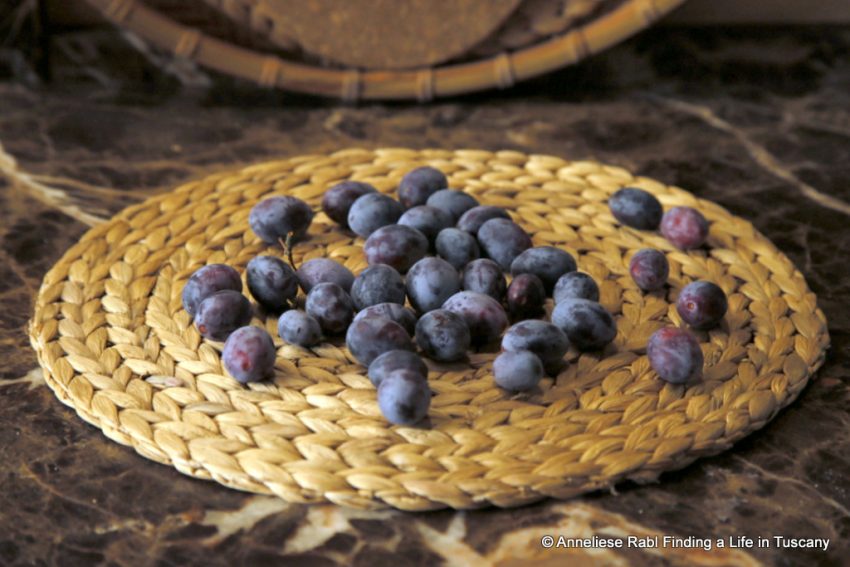
A quality of the Tuscans I have always appreciated very much is the generosity with which they share what fields and vegetable gardens bestow in abundance.
I truly appreciate cucumbers, lettuce, tomatoes, zucchini and a range of fruit harvested right from the fields or picked directly from the trees. You definitely can’t have a better quality and freshness than this. I must be born under a good star.
Anyway, that time back, in exchange for the inflorescences, I would have regularly pruned a rose hedge several tens of meters long. Furthermore it was up to me to take care of a small antique rose garden, always inside the Villa based, by the way, in the countryside of Lucca. I remember with nostalgia the early summer mornings when I left at dawn to trim the hedge and cut the roses in the best possible way. In the end I wasn’t and am not a gardener. Every time, of course, I also brought back home baskets full of roses.
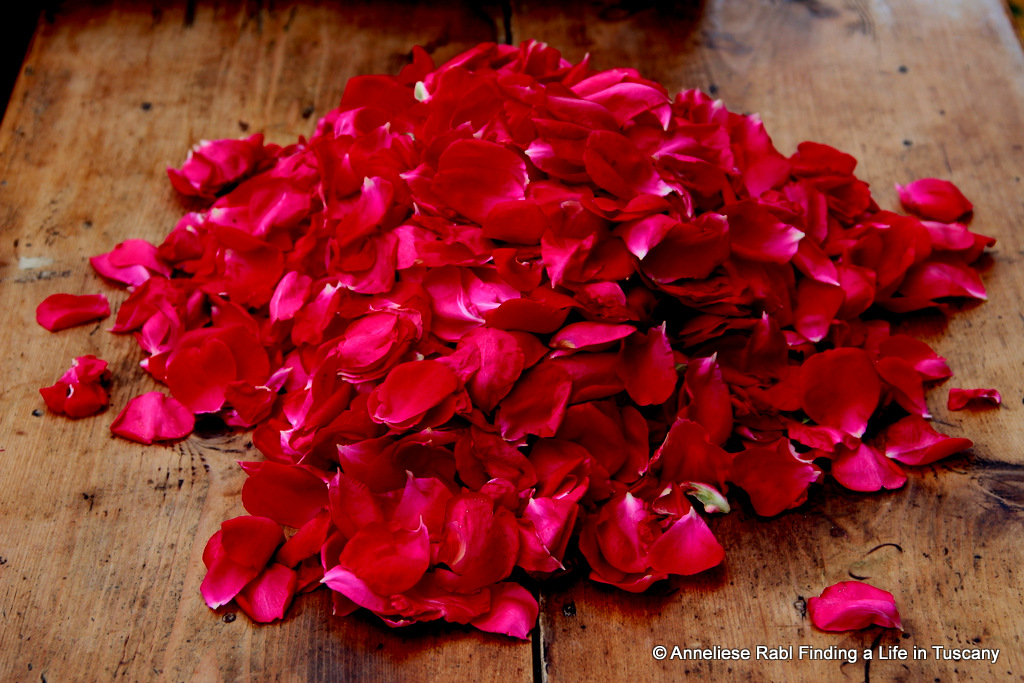
This year, without really searching, I happened to gather Ramassin plums, which I had never heard about before. For that matter, neither of another large yellow plum known under the name of “Nun’s Thigh”. No, I am not joking. It would be quite interesting to get to know the people who give the names to the plants. It would also be curious to learn what’s on their mind when they are choosing them.

Anyway, the variety of plums called Ramassin in the Piedmont dialect, is named after the city of Damascus in Syria, from where it originally came from. It arrived in Italy between the IX and the XII century, depending on the source of information. Curiously, it is very popular in the Piedmont region but did hardly land in other parts of Italy. In fact, it is thanks to a Piedmont citizen who moved to Tuscany that I was able to enjoy this lovely fruit for the first time.

The small purplish blue plums are about as big as cherries and for them the saying…one cherry leads to another… applies perfectly. In order to harvest them one simply shakes the branches which do not grow much in height and gathers the plums fallen from the trees.
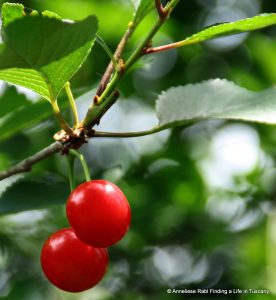
Usually every second year trees yield large quantities of fruit. After having eaten for days and given away a good part, it turns out to be very challenging to find a way to preserve the remaining good things. Preferably in an easy way and without particular efforts.

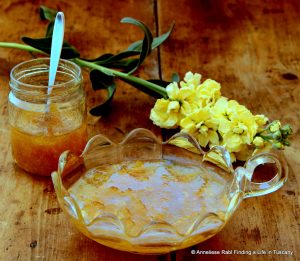
Because of the high sugar contents, jams are in less required demand than they used to be. The same goes for fruit in syrup, jellies and compotes. Fruit preserved in grappa or similar is normally enjoyed sparingly. The juices, finally, are a little old fashioned and time consuming to make.
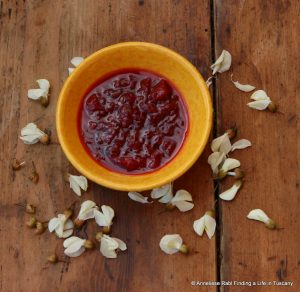
This just leaves us with cakes, the simple ones easy to prepare like, for instance, the Clafoutis. It is the classical undemanding cake which allows to process apples, apricots, cherries, peaches, pears, plums, in short any seasonal fruit (and vegetables, too, for a salty version). The place of origin of the cake is Limoges, in west-central France, occupied, by the way, from the Romans around 51 BC. No, they did not bring the recipe back home because it was created only in the XIX century.

What you need:
- 1 kg Ramassin plums (or any other seasonal food)
- 1-3 spoonfuls granulated sugar, depending on the sweetness of the fruit
- 3 eggs
- 2,5 dl milk
- 3 spoonfuls all purpose white flour
- 1 pinch salt
- Finely grated lemon rind of one lemon
- 1 sachet vanilla sugar
- Cinnamon powder, if you like
- 5-6 spoonfuls roughly chopped hazelnuts or almonds
Mix the ingredients from 2-10 (only half of the nuts) using a mixer. Grease a baking dish or ramequins with butter or oil. Distribute the fruit evenly and cover with the fairly liquid dough and the remaining nuts. Put into the heated oven at 185° C for 35 to 45 minutes. Enjoy hot, at room temperature or cold.

Another huge plus of the Clafoutis is that you can play with the ingredients. You can choose any flour, substitute the sugar with honey or syrup, use oil or margarine instead of butter. If you don’t have lemons, oranges or even nothing will do. Yoghurt or cream mixed with a little water (or not) can replace the milk and so on.



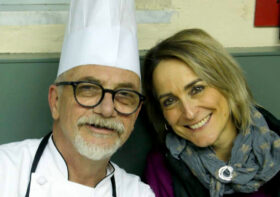


Leave a Reply